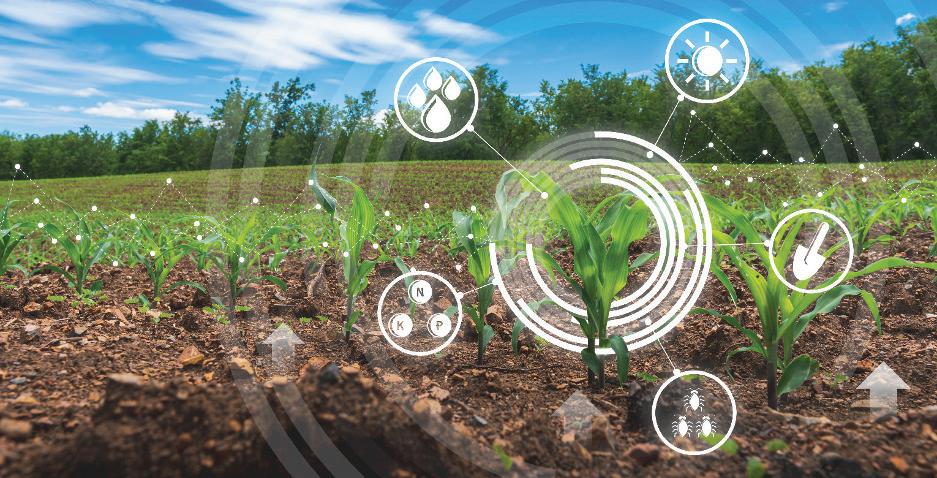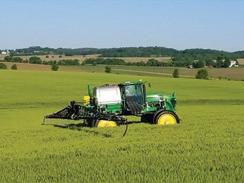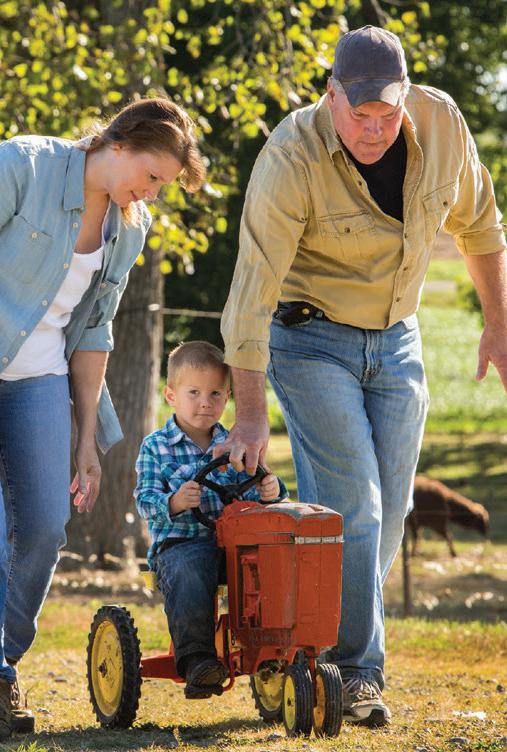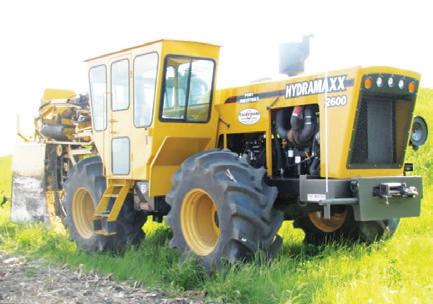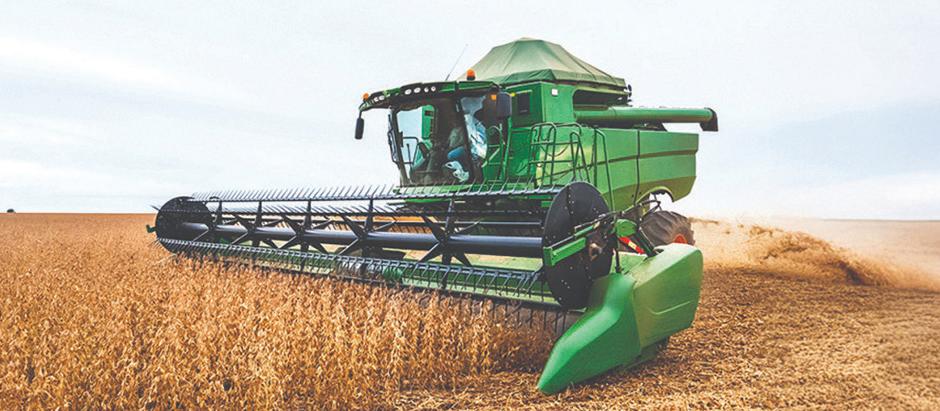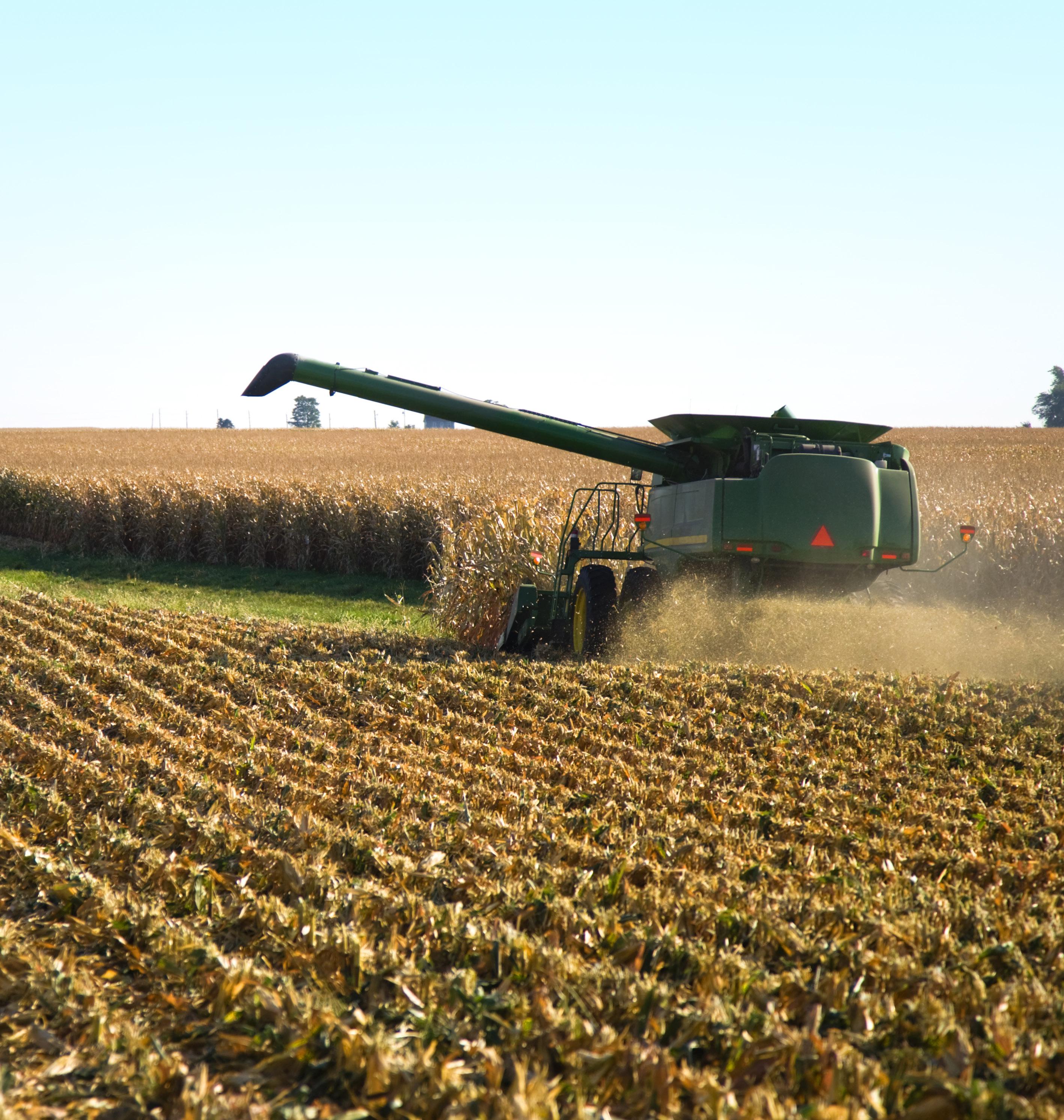

FALL HARVEST
FALL HARVEST
Fall is loaded with opportunities to have fun
It can be bittersweet to say farewell to summer. Months of warm weather and sunshine are hard to beat and provide plenty of opportunities to rest and relax.
Just because summer has come and gone doesn’t mean the opportunity to enjoy recreation is in the rearview mirror. Fall is awash in opportunities to enjoy the fresh, inviting air and take part in the various activities that go hand-in-hand with this time of year.
APPLE AND PUMPKIN PICKING
Heading to a nearby orchard or farm and choosing fresh fruit is a hallmark of fall. In fact, these are some of the most popular places to visit on the weekends, as crowds of people clamber to grab their Granny Smith or Cortland apples. Call ahead to learn which varieties are ripe and plan to arrive early before the trees are picked clean.
WINE TASTING
September and October are prime months for grape harvesting, which means local vineyards may host special tours and events to take advantage of their growing season.
Fall also is a great time to visit a vineyard that offers tastings, as you can sit out in the sun and cool weather and enjoy a glass or two of the latest vintage. Follow local vineyards on social media or get on their email lists to stay on top of upcoming events.
LEAF PEEPING
The gradual depletion of chlorophyll in tree leaves is responsible for the amazing and colorful display Mother Nature puts on each fall. Everyone is treated to vivid panoramas of reds, oranges, purples, and yellows, making them ideal all-natural photo backdrops.
Apple orchards and pumpkin patches can be dusty, muddy or messy, so dress accordingly for the environment, including closed-toe shoes you don’t mind getting dirty. Keep in mind that many of these establishments are cash-only. Bring cash and expect to have your bounty weighed upon checkout.

Plenty of people travel to more rural areas to witness leaves change color, and that means that country areas can get crowded. It always pays to plan a leaf-peeping excursion for early in the day to account for the possibility of traffic along the route. Make an entire day of it by seeing the sights, grabbing lunch, and hitting a farmer’s market while out and about.




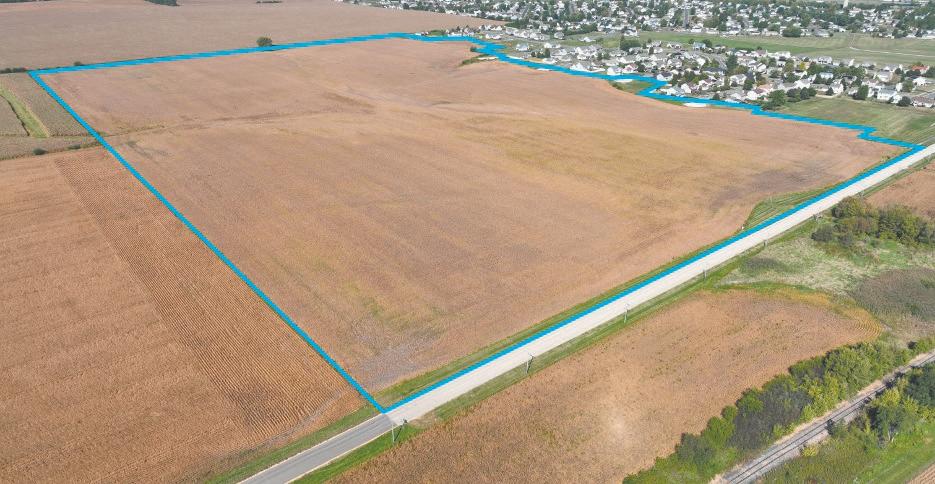



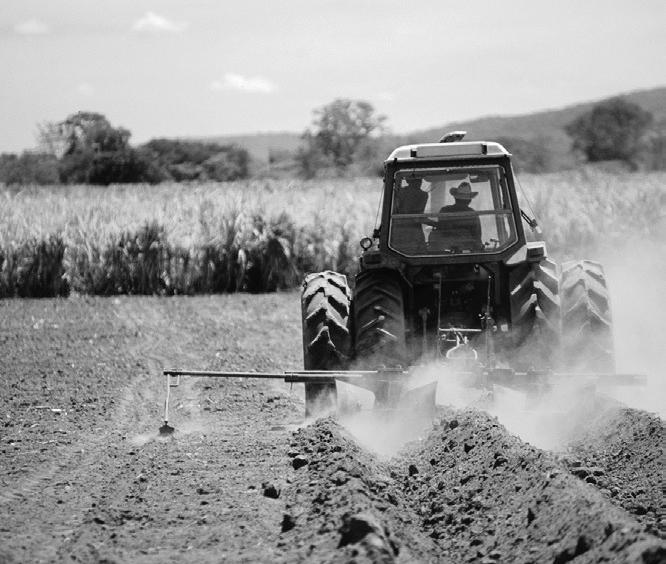


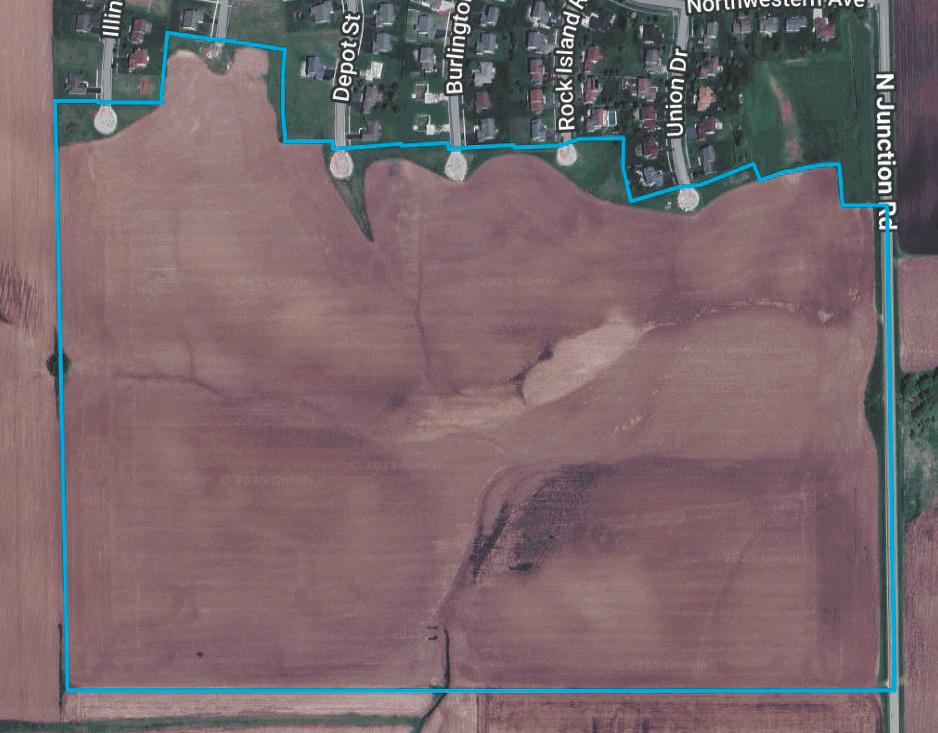


FALL HARVEST
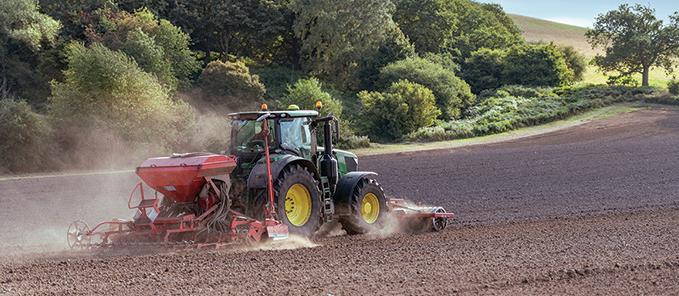
6 issues affecting farmers
The agricultural sector continues to face unique challenges. Issues affecting the agricultural sector have a ripple effect that affects domestic food security and the economic strength of rural communities.
In order to adapt to the changing landscape, farmers need to identify strengths and weaknesses in their operations, and then collaborate with policyholders to create a more resilient agricultural sector that benefits all involved. The following are six notable challenges farmers face in modern agriculture, based on data from Verdesian, a nutrient use efficiency company; AgAmerica, an agriculture lending firm; and Pinion, a business advisory organization.
1. Labor shortages
Finding and retaining skilled agricultural labor is a notable challenge. The aging farmer population coupled with labor shortages is a concern. There is a need for new talent in farming as older generations are retiring and younger ones are failing to fill in the gaps.
2. Depletion of agricultural resources
The global population continues to grow, which means the demand for food and other agricultural products is increasing. This puts a strain on the resources farmers rely on that may be in short supply. Farming utilizes a considerable amount of the world’s freshwater supply, and farmers must continually identify ways to manage water resources efficiently, including wastewater reuse initiatives. As fossil fuels also may be finite resources, the agricultural industry needs to pivot to renewable energy alternatives, some of which may require considerable costs to retrofit current operations.
3.
Inflation and food prices
Although the cost of food is no longer as high as it was just a few years ago, consumers are still feeling the pinch at supermarkets and other retail
stores. Shoppers may continue to tighten their budgets and spend less on food, which may translate into reduced demand for produce and other food products. The food price outlook is uncertain, and historical data indicates food price deflation only occurred once in the past 50 years. Farmers may have to adjust operations to produce more for less to be competitive in the marketplace.
4. Technological overhauls
It’s becoming increasingly necessary for farms to utilize new technologies and embrace automation. Some farmers may not be trained in the utilization and application of these technologies, and conversion to new farming practices may require education/skills to manage new tools, or the hiring of skilled technicians from a shrinking agricultural workforce.
5. Climate change
Climate change and extreme weather can have a notable impact on farming. Weather events like droughts, floods and storms have become more common and severe. Farmers are vulnerable to unpredictable conditions and crop yields.
6. Animal illnesses
One only has to look to the recent avian influenza outbreak to understand the disruption illnesses can have on livestock. The disease has led to mass culling of infested flocks, which has caused widespread losses in chickens, financial burdens to poultry farms and disruptions to egg production that has driven up costs. Bird flu is not isolated to poultry, either. Avian flu can affect dairy cattle, causing decreased milk production and cow death. The need for cleanup procedures and biosecurity measures from these illnesses puts an added financial burden on farmers.
Modern farmers face many different challenges that require adjustment to meet consumer demands. TF257019

















































































































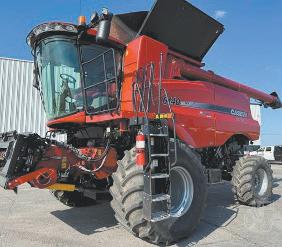





FALL HARVEST
What consumers can do to support local farmers
A strong agricultural sector is vital to a healthy economy. Turbulence has affected local and national economies in recent years, and the global economy has endured its own ups and downs during that span.
Though there’s no one-size-fits-all solution to economic struggles, consumers can make a difference by supporting local agricultural producers. A 2022 report from researchers at Maryville University indicated roughly 10 percent of workers across the United States were employed in the agricultural sector, which the report also noted contributes $7 trillion annually to the national economy. Job creation and economic output are two major reasons to support local farmers, and consumers can do that in various ways.
• Shop local. The shop local movement can make a notable impact on local economies, and it affects more businesses than brick-and-mortar stores on Main Street. Locally owned restaurants and grocers often source their foods from local farmers, so patronizing such businesses supports those who set up shop on Main Street as well as

the farmers who stock their shelves and pantries.
• Purchase seasonal foods. The organization Green America, which offers advice on how environmental sustainability produces stronger economies, notes that purchasing seasonal foods is a great way to support local farmers. Farmers grow seasonal foods throughout the year to take advantage of natural conditions. Consumers who alter their purchasing habits with the seasons by
buying foods that are in-season are likely supporting local agricultural producers. Read product labels to determine where foods are coming from.
Non-seasonal foods are likely imported from far away, which has a detrimental impact on the environment and local economies.
• Buy directly from local farms. Most consumers purchase their food from grocery stores near their homes, but it might be possible to pur-
chase directly from local farmers. Farmers may utilize e-commerce tools to sell directly to local residents, and might even offer delivery services that are more convenient than driving to the nearest chain grocery store.
• Act as an advocate for local producers. Consumers have considerable power, and that power can be exercised in numerous ways. Supporting restaurants that source foods from local farmers is one way consumers can exercise their power. But consumers also can advocate for local farmers by supporting legislation and candidates that prioritize building and supporting a strong local agricultural sector. Consumers also can advocate for local farmers by sharing their experiences via social media, word-of-mouth recommendations or writing positive reviews through aggregators like Google Reviews.
A thriving agricultural sector benefits local economies, and consumers can do much to support the farmers who operate in their towns. TF257017


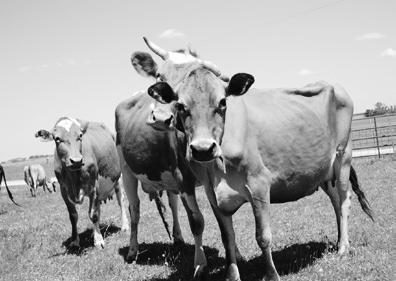
























Visiting a local apple orchard and picking one’s fill of apples is a quintessential fall activity. Apple picking is an ideal way to spend time outdoors when the weather tends to be cool and pleasant. Gathering fresh-from-the-tree fruit to turn into favorite fall desserts like cobblers and pies is irresistible.
According to the Economic Research Service, Washington state is the leading apple producer in the United States. It is followed very distantly by New York and Michigan. Apples were first cultivated in Canada by early French settlers, with the first trees planted in Nova Scotia’s Annapolis Valley around 1633. Today, New Brunswick, Quebec, Ontario, and British Columbia have become strong players in the apple business. While other areas may not be apple meccas, those looking to pick their own have plenty of options across North American to enjoy this pastime.
Prior to an apple picking adventure, people can do a little preparation to ensure the afternoon is fun and fruitful.
FALL HARVEST Apple picking pointers

• Do some research. Before individuals head out, they should do research into the available orchards and which apple varieties they specialize in. Ripening seasons vary, so certain varieties may not be available at all times. Call ahead to learn which apples are ripe and when.

• Dress appropriately. Orchards can be dusty, muddy and buggy. The ground also may be uneven. Individuals can wear comfortable clothes and closed-toed shoes that can get dirty. Also, they should dress in layers, as it can be chilly early in the day and then warmer later on.
• Pick correctly. Instead of yanking on the apples, which can damage the tree and apples, people should gently roll or twist the apple upwards from the branch. If the apple is ripe it will detach easily with stem intact.
• Avoid bruising. It’s wise to inspect the apples to make sure they are firm and brightly colored. Those with bruising or insect damage should be left behind.
• Visit early. The best apples are often available early in the season before the trees have been heavily picked over. It’s also a good idea to visit the orchard early in the day, which means cooler temperatures and smaller crowds.
• Don’t overload. Only pick what you need. Apples are delicate, and overloading the apples into bags can crush or bruise the ones on the bottom. Plus, over-picking means that the apples may spoil before they can be eaten.
After a day at the orchard, apples can be stored unwashed in a cool, dark place, which will help them stay fresher, longer. TF259181

